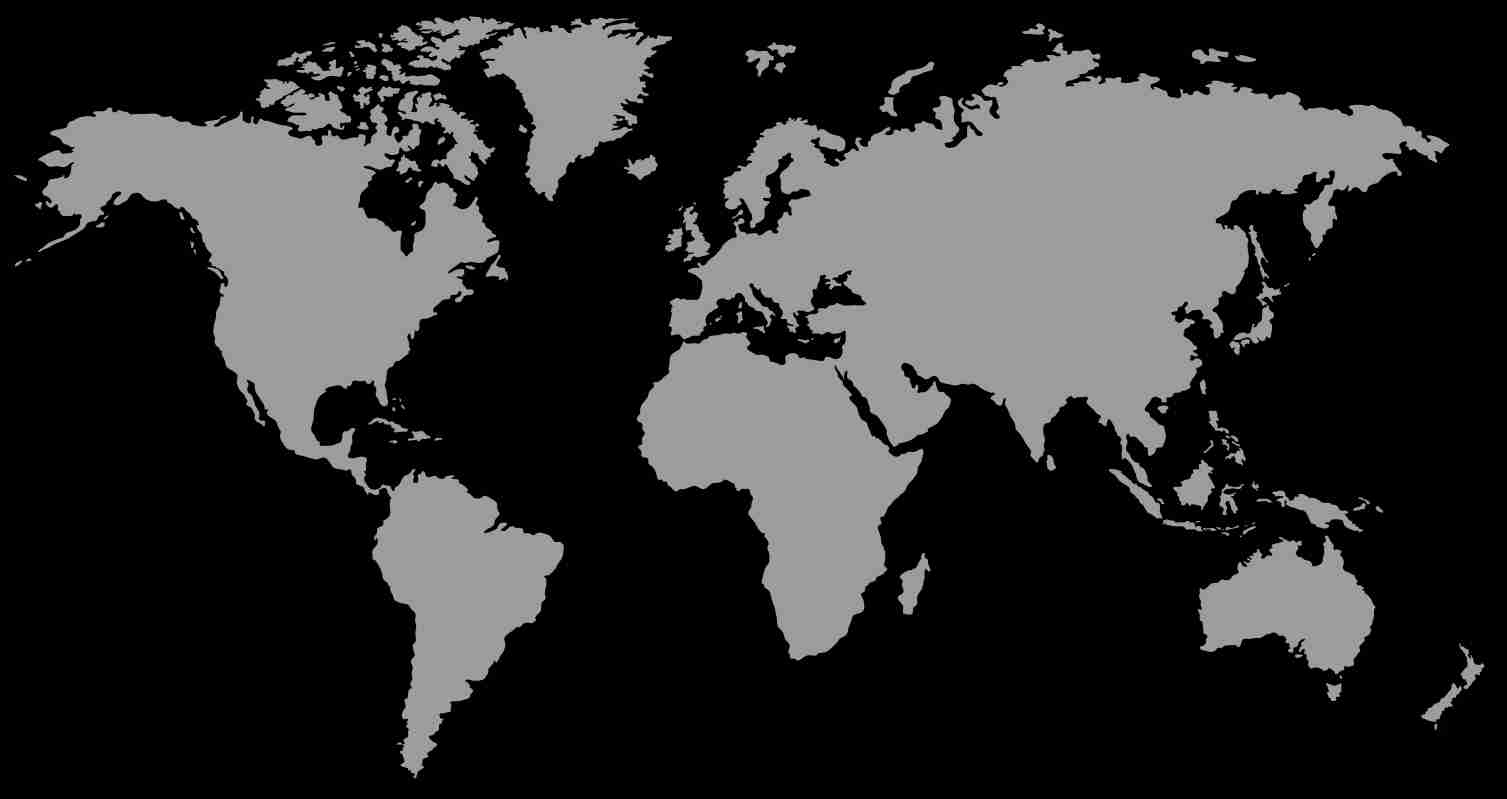
Peru trekking
There’s really only one Peru trek worth doing if you want to see Machu Picchu, right? Uh.. wrong! The popular Inca Trail may hog the limelight, but its neighbouring cousins, Lares and Salkantay, have plenty to boast about too.
The question is: which trek is right for you? Whether you want to beat the crowds, prefer a little extra comfort or fancy a proper challenge, our guide to the best Peru treks should help you make up your mind.
So, how to choose your trek?
We offer 3 main trekking routes to Machu Picchu:
- Salkantay
- Lares
- the Inca Trail
Peru trekking
Salkantay
This trek is best for those wanting a bit of a challenge and beautiful scenery. It is a serious mountain trek, but also seriously rewarding. On the first day, you’ll pass several small villages and a beautiful mountain lake before the hard work starts with an ascent of about 900m up to Salkantaypampa. On day two, you’ll climb another 600m to reach the highest point of the trek at 4700m, after which the route becomes mostly downhill.
The campsite is more basic than on the Inca Trail; you won’t find hot showers here and there are no permanent toilets along the route, so you’re truly camping in the wild; but if you’re a sucker for scenery then prepare yourself, as this route promises some spectacular views.
While it’s a hard walk, your porters will help you carry all the equipment and by the time you get to the next camp, they’ll already have the kettle on. On the last night, you’ll sleep in a guesthouse in Aguas Calientes, letting you rest before heading up to see the sunrise over Machu Picchu on the final day.


Lares trek
This trek is best for those who want more variety and indigenous culture. The trail is the lesser-known ‘back-way’ to Machu Picchu, letting you explore the rural countryside of the Inca world. You’ll head through mountain passes and agricultural valleys, past highland lakes and glaciers, and finally on to the Inca ruins.
This is the perfect way to meet the indigenous people living in the mountains. Much of the route exposes you to raw nature, and since it’s a quieter trail, you have a good chance of spotting wildlife such as wild chinchillas and various Andean camelids.
Although the Lares Trek is usually labelled as being moderately difficult, you should still be prepared for a proper mountain hike.
On the final leg of the journey, you’ll take a train from Ollantaytambo to the town of Aguas Calientes, from where you can take a bus up to Machu Picchu in the early morning. Some may find this entrance to the Lost City of the Incas a bit less immersive, though for others this will be outweighed by the wonderful variety and the solace in nature offered by the Lares trek.
The Inca trail
This trek is best for people wanting to hike directly to Machu Picchu.
The huge popularity of the Inca Trail does give it both pros and cons. It’s the busiest trail with around 500 trekkers and porters walking the route every day. One travel guide describes it as a “conga line”, and although this might be a slight exaggeration, it’s true that the route can get rather busy. There are various facilities along the trail, such as eco-toilets and hot showers at one of the campsites. There are also more crowds so the experience may be somewhat less serene and with less chance of seeing wildlife. That said, you’ll be guaranteed some absolutely spectacular views, and you’ll visit several smaller Inca sites before reaching Machu Picchu itself.
Permits are mandatory for the Inca Trail, with a daily cap of several hundred permits; the trail is closed every February. Due to high demand, it’s recommended that you book your Inca Trail well in advance. (Of course, we’re happy to arrange this for you!).

Tips
Q: When to go trekking?
A: During April – November, it rarely rains and the days of endless sunshine offer the best views of the country’s rugged mountain peaks.
Q: What to pack?
A: We recommend bringing a sleeping bag and mat, warm layers, strong footwear, a raincoat or poncho, a torch, sun cream and a few other optional bits and bobs (don’t worry, we’ll send you more info and tips along with your detailed itinerary). If you wish, you can also hire walking sticks or poles to give you a little extra oomph to get you up those hills.
Q: How to prepare for high altitude?
A: With lower levels of oxygen at high altitude in the Andes, it’s not uncommon for trekkers to suffer the occasional bout of altitude sickness (with symptoms including nausea, exhaustion, or headaches). But if you allow your body to gradually adapt, you’re far less likely to experience any such issues. Acclimatising for a day or two in Cusco or Arequipa is the best idea.
For even more Peru travel tips, head to our inspiration page below.
Check out our trek-tastic trips to Machu Picchu!

